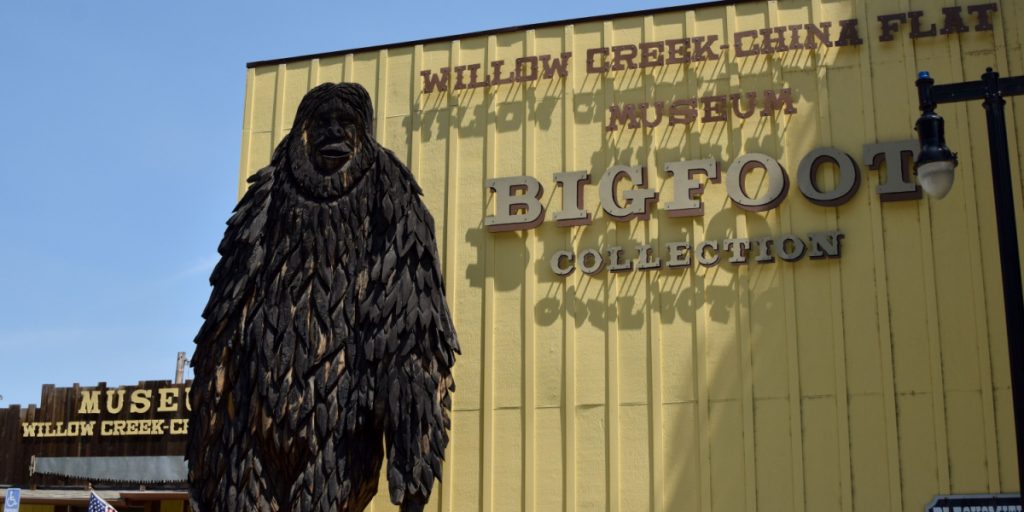Exploring the deep-seated reasons behind America’s fascination with Bigfoot, John O’Connor’s journey reveals our collective longing for mystery, adventure, and a connection to a world that remains untamed and unknown.
Others are reading now
The Quest for Mystery in the Modern World
John O’Connor, in his book The Secret History of Bigfoot: Field Notes on a North American Monster, delves into the heart of Bigfoot’s allure, attributing its persistent legend not just to the desire for a modern myth but as a eulogy to what we’ve lost – environmental sanctity, solitude, and a sense of uncharted world.
O’Connor, a journalism professor, posits, “Bigfoot thrives as a symbol of all we’ve lost.”
Exploring the vast American landscapes from the dense forests of Maine to the deserts of New Mexico, O’Connor encounters stories and sightings that feed the myth of this elusive creature. His journey is as much about chasing tales as it is about understanding why we cling to legends. Bigfoot, he discovers, represents a longing for the unknown, an escape from the over-exposed and digitized life into a world where mysteries still abound.
The Power of Belief and Community
The belief in Bigfoot, as O’Connor uncovers, goes beyond mere folklore; it’s a testament to human yearning for connection and adventure. “I can’t imagine living in a world where we’d figured everything out,” one believer confides, encapsulating the shared sentiment of the Bigfoot community. These enthusiasts, or ‘Bigfooters,’ find solace in their pursuit, forming bonds over campfires and expeditions.
Also read
O’Connor reflects, “Belief for them had as much to do with communal identity as with an animating sense of wonder… pals.”
This community extends its quest not for proof but for the thrill of the chase, the camaraderie it brings, and the chance to break from the monotony of daily life. O’Connor’s adventures with these individuals reveal a deeper societal craving for connection and the thrill of exploration.
The Complexity of Modern Myths
Yet, the Bigfoot phenomenon is not without its complexities. O’Connor notes the homogeneity of the community – predominantly white, male, and often aligning with conservative ideologies. This demographic reflects broader societal tensions and the intertwining of folklore with contemporary issues of identity and belief.
The fascination with Bigfoot also mirrors a collective unease with the rapid changes in society, a longing for a simpler time when the world was vast and unexplored.
“It’s the hope that our predecessors have not extracted and cataloged everything the world has to offer,” O’Connor muses.
A Reflection on Humanity’s Quest for the Unknown
In the end, O’Connor’s exploration of Bigfoot is less about the creature itself and more about what it represents: the human need for mystery, for stories that bind us, and for adventures that remind us of the vast, unexplored world beyond our screens.
Bigfoot stands as a monument to the human spirit’s unquenchable thirst for the unknown and the unattainable, a symbol of our refusal to believe that everything in the world can be known, mapped, and understood.
Through his encounters and reflections, O’Connor not only brings us closer to understanding the myth of Bigfoot but also illuminates the deeper reasons behind our fascination with legends. It’s a narrative that resonates with anyone who has ever longed for a world beyond the tangible, a reminder of the mysteries that still lurk in the shadows of the forests and in the depths of our imagination.


